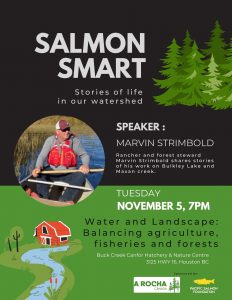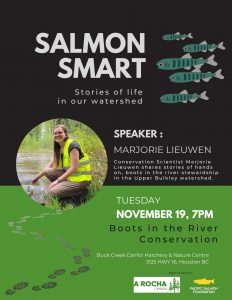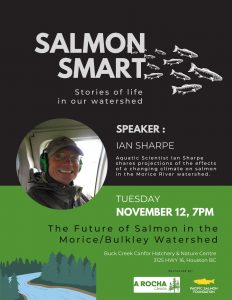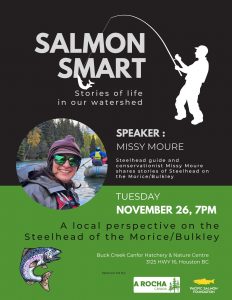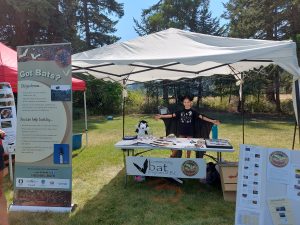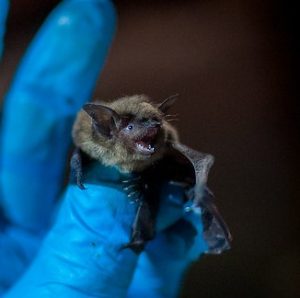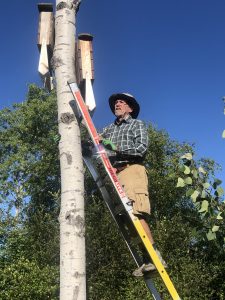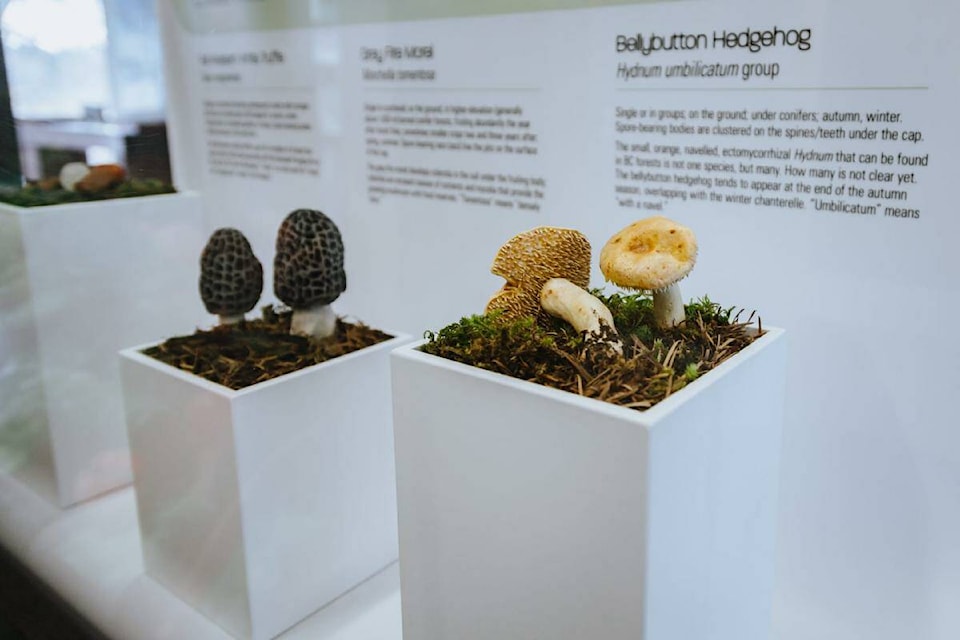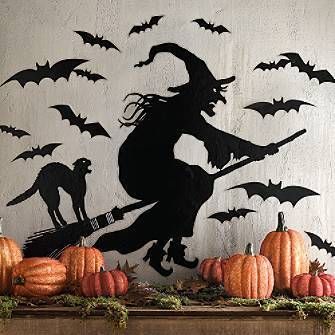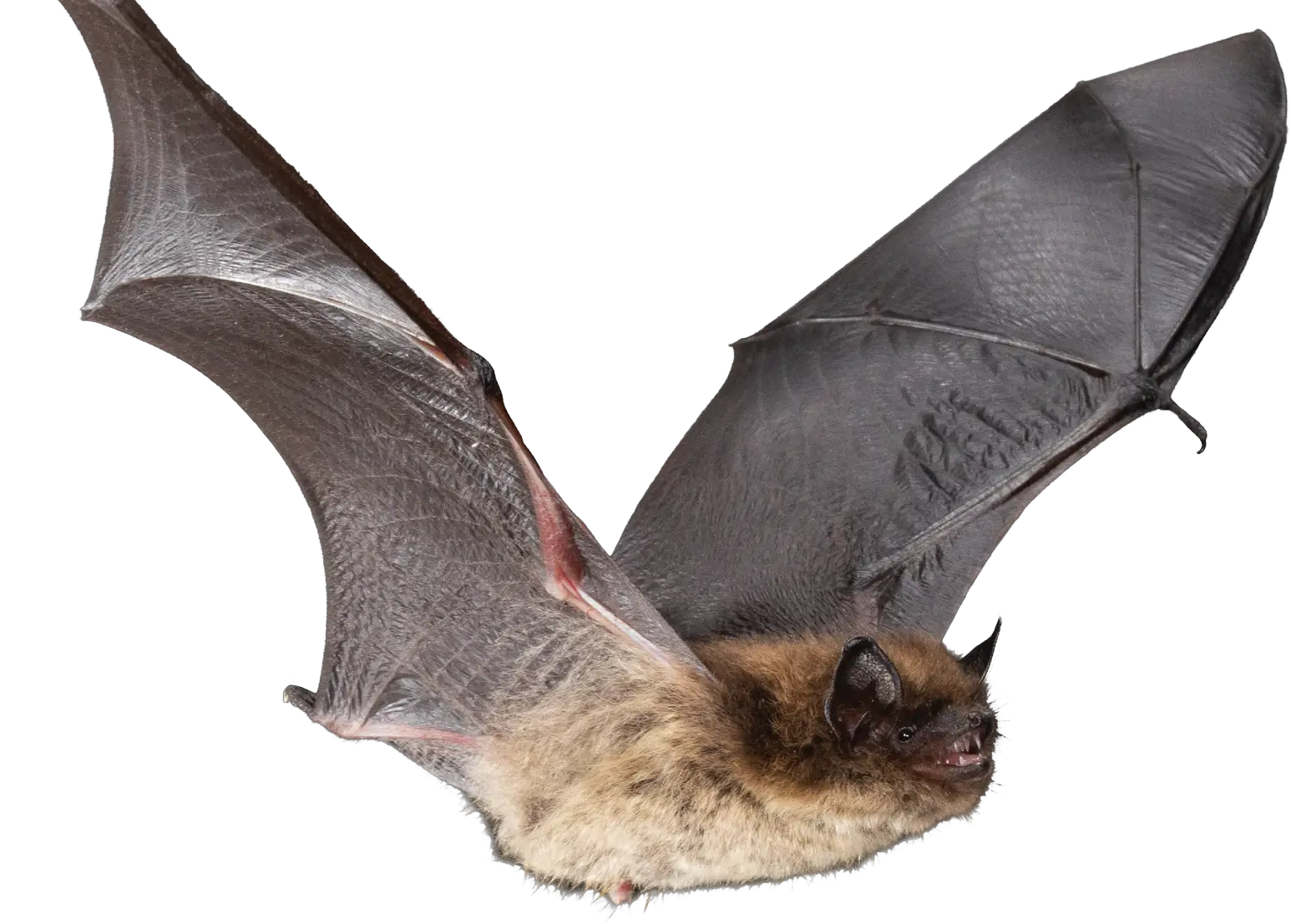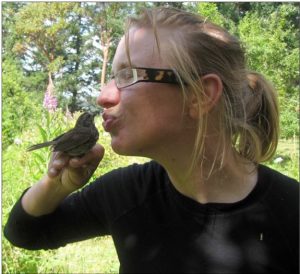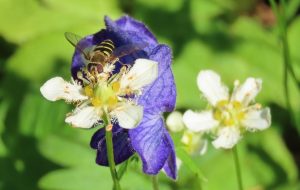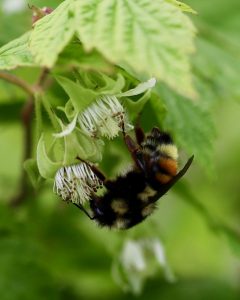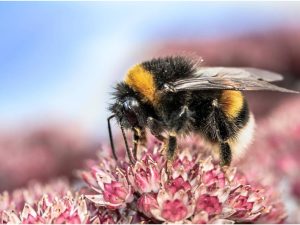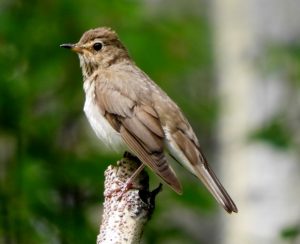Edge Learning Centre in Smithers is hosting a youth Citizen Science Series. The first installment (Water Detectives) takes place Jan 29 – March 11, 2024
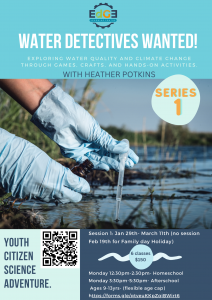
Heather Potkins:
Heather is as a dedicated educator with a background in outdoor experiential education, climate change education, and guiding wilderness expeditions. She has experience as an educator at Vancouver Outdoor school working with neurodiverse youth, homeschooling families, and distance learning schools which has grown her values in mentoring and fostering holistic and engaging learning experiences.
She is not only an experienced educator but also a creator and innovator who thrives on building new programs, designing curriculum, and bringing fresh ideas to life. In recent years, she has actively pushed the boundaries of experiential climate change education as an expedition guide with Fireside Adventures and has played a pivotal role in a team developing a BC education-accredited course focused on climate
change education. She is committed to pursuing this vision further and dedicating her time and efforts to crafting programs that not only educate but also empower and deeply engage youth in the realm of impactful
climate change education and action!
Who: youth aged 9-13 (with flexibility based on maturity)
What: Water Detectives: Youth Citizen Science Adventure
Where: EdGE Learning Centre: 3637 16th ave, Smithers
When: Session 1: Jan 29th- March 11th (no session Feb 19th for Family day Holiday)
When: Monday 12:30pm-2:30pm- Homeschool youth session (9-13yrs- flexible this program could easily be adjusted for older learners…)
Monday 3:30pm-5:30pm- Afterschool youth session (9-13yrs- flexible this program could easily be adjusted for older learners…)
Why: To inspire youth aged 9-13 (with flexibility based on maturity) to become water detectives, exploring water quality and climate change through games, crafts, and hands-on activities.
Min: 9 students must reach a minimum number of participants to run. Max 12 students.
Investment: $150 for this Series (Sessions 1 to 6)
Program Outline:
Session 1: Water Detectives Kick-off (Jan 29)
- Icebreaker games and team-building activities held outdoors + community contract
- Craft: Designing personalized detective data observation booklets with sections for drawings, notes, and observations.
- Introduction to the concept of citizen science.
- Overview of local water bodies with a map exploration game and group puzzle activity
- No data collection in this session.
Session 2: Winter Water Sampling Quest (Feb 5)
Storytelling session and group game: Water forms
Outdoor demonstration of winter water sampling tools from the Water Rangers Winter Testkit.
Guided learning on the purpose and usage of each tool.
Potential for snow water sampling to explore winter water quality and imputing data into notebooks
Quick data collection session at the Bulkley River.
Session 3: Outdoor Data Detectives Adventure (Feb 12)
Outdoor component: Nature-based game related to water quality or environmental observation.
Quick data collection session at the Bulkley River.
Introduction to online data input tools using the Water Rangers platform.
Data Code-Breaking Challenges: Solving puzzles related to water quality data.
Session 4: Water and Climate Change Expedition (Feb 19)
Outdoor component: Nature-based game related to water quality or environmental observation.
Quick data collection session at the Bulkley River.
Science Experiment: Making climate change dioramas representing the water system using recycled materials.
Climate Change Charades: Acting out climate change scenarios related to water.
Session 5: Plastic Hunt and Cleanup Challenge (Feb 26)
Arrival activity: Kids bring plastics they’ve cleaned up over the course of the week.
Outdoor microplastics scavenger hunt and plastic cleanup walk using the Water Rangers Microplastics Educational Toolkit.
Outdoor game sorting Challenge: Sorting collected items into recyclable and non-recyclable categories.
Craft: Creating microplastics sculptures using recycled materials.
Microplastics Bingo: Identifying different types of microplastics (extra if time…)
Session 6: Project Showcase and Celebration (Mar 4)
Craft: Designing presentation boards showcasing their findings and crafts.
Group project preparation time, focusing on creativity and collaboration.
Showcase: Youth present their findings through skits, posters, and crafts, followed by a celebration outdoors.
Certificate ceremony with personalized “Water Detective” certificates.
Outdoor component: Group reflection and discussion near the Bulkley River.
Printable pdf available here:
Water Detectives Youth Citizen Science

